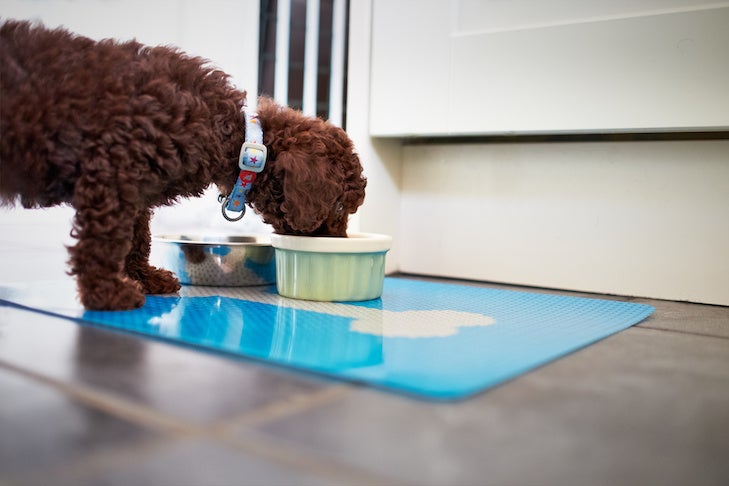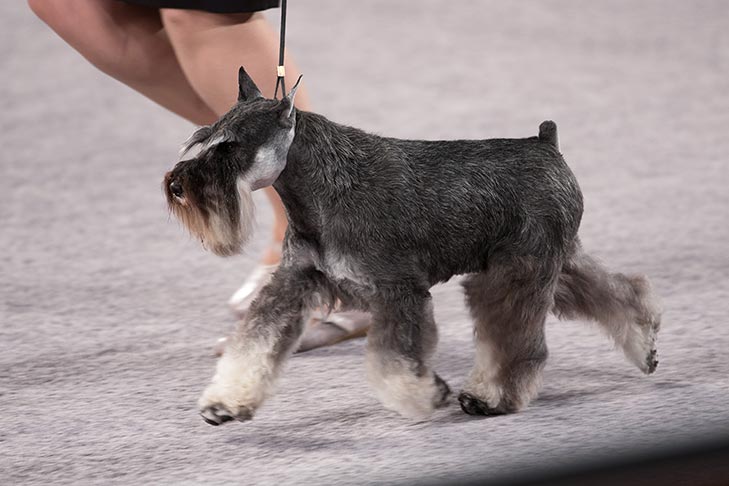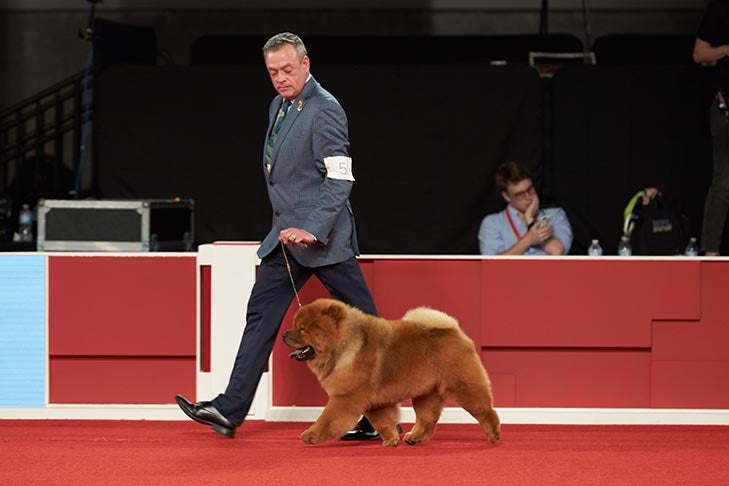
- poodle
- most popular breeds
- doberman pinscher
- chow chow
- miniature schnauzer
- dachshund
- cocker spaniel
- most popular
- golden retriever
- labrador retriever
- beagle
- german shepherd dog
The number-one breed of the 1940s, the Cocker Spaniel, enjoyed a renaissance in the 1980s, climbing to the number-one position. The breed was the most popular dog in the nation from 1983 to 1990, giving it the distinction of holding the number-one spot for more years than any other breed to that point (23).
After two decades as the country’s number-one breed, the Poodle slipped into the number-two position and would continue falling in subsequent decades. The Labrador Retriever bettered its number-nine position in the 1970s by leaping to the number-three spot in the 1980s, and the Golden Retriever breaks into the top ten for the first time at number five.
1. Cocker Spaniel

The spaniel family is a large one of considerable antiquity. As far back as the 14th century, we have mention of the Spanyell, which came to be divided into water and land spaniels. Further divisions in land spaniels were based on size. “Cockers” were the smaller of the two types. To this day, Cocker Spaniels are the smallest in the Sporting Group.
2. Poodle

The Poodle is supposed to have originated in Germany. However, for years, it has been regarded as the national dog of France, where it was commonly used as a retriever. The English word “poodle” comes from the German “pudel” or “pudelin,” meaning “to splash in the water.”
3. Labrador Retriever

Despite their name, Labrador Retrievers originated in Newfoundland, not Labrador. The area was populated with small water dogs, which when bred with Newfoundlands, produced a breed referred to as the St. John’s Water Dog, a prototype of the Lab of today. The pedigrees of the two most influential Labs go back as far as 1878.
4. German Shepherd Dog

Derived from the old breeds of herding and farm dogs, the German Shepherd Dog has been subject to intensive development. For centuries, the breed has been considered a loyal servant and companion. The GSD is also distinguished for their courage and ability to assimilate and retain training for such special services as police work and as a guide dog for the blind.
5. Golden Retriever

Records kept from 1850 to 1890 at the Guisachan estate of Dudley Marjoribanks, first Lord Tweedmounth, near Inverness, Scotland, document the development of the original strain of Golden Retrievers. By the end of the 19th century, Yellow or Golden Retrievers were well established in England.
6. Doberman Pinscher

The breed originated around 1900 in Germany, taking its name from Louis Dobermann of Apolda, a tax collector, who desired a medium-sized dog to perform as a guard dog, as well as a companion. The Doberman Pinscher emerges from old shorthaired shepherd-dog stock combined with Rottweiler, Black and Tan Terrier, and Smooth-haired German Pinscher.
7. Beagle

The actual origin of the Beagle seems to be obscure because of the absence of reliable documentation on the earliest days of development. The turning point for American Beagles came in the 1860s when dogs from a well-bred strain in England were imported to inject a beautiful breed type.
8. Miniature Schnauzer

This breed is of German origin, said to be recognizable in pictures of the 15th century. Miniature Schnauzers were bred down from their larger cousins, Standard Schnauzers. Aside from the size difference, the two breeds look much alike.
9. Dachshund

The Dachshund can be found in historical accounts dating back to the 15th, 16th, and 17th centuries, when illustrations reflected badgers being hunted with dogs with elongated bodies, short legs and hound-type ears. Early in the 17th century, the name Dachshund (“badger dog”) became the designation of a breed type with smooth and longhaired varieties. In 1890, wirehairs were added as a third variety.
10. Chow Chow

The Chow Chow probably originated more than 2,000 years ago as a result of crossing the Mastiff of Tibet with the Samoyed, a breed originating from the northern parts of Siberia. The importation of Chow Chows into England began about 1880 and the breed started toward their popularity after Queen Victoria took an interest in this “Wild Dog of China,” as they were dubbed while on display at the London Zoo.

